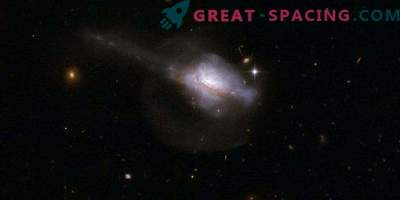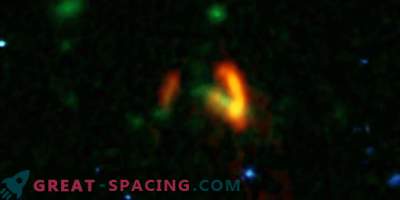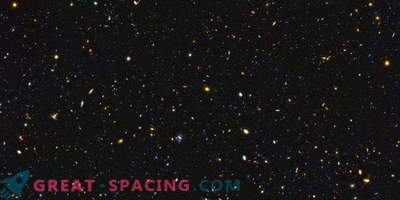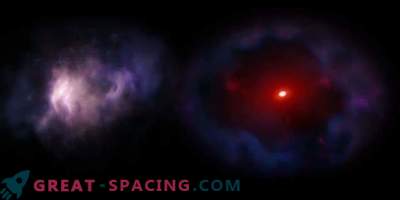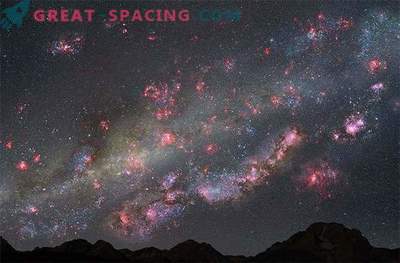
Image of the Ultra Deep Field Hubble Space Telescope. The new study examined the activity of stellar birth in 179 galaxies, some of which appeared only 6 billion years ago. It turns out that smaller-mass galaxies create stars at a slower speed than expected.
The age of the Universe is 13.8 billion years. It seems that most of the time and activity is spent on the formation of new stars. Astronomers are trying to understand the process of star birth and see if there are differences depending on the age of the Universe. For example, what is the difference between the birth of stars when space has reached only half the age?
It is already known that in 3-6 billion years after the Big Bang, the stars were created 10 times faster than today. But why the slowdown? It is believed that the stellar birth in the galaxy is activated by the accretion of gas from the intergalactic medium. In active starry galaxies, there is a close relationship between their mass and the rate of star formation. Moreover, this connection is maintained not only locally, but also when the Universe was billions of years younger. If in the galaxy there were frequent stellar explosions or attenuation of the birth center, then growth also decreases. These relations confirm the general idea of the growth of the galaxy due to gas accretion. But for some reason, smaller galaxies (less than 10 billion stars) create fewer stars than expected by their mass. This disadvantage affects the simulation of the growth of galaxies, as it is not combined with smaller galaxies.
Astronomers used the MUSE tool on the Very Large Telescope to get the optical spectra of galaxies in the famous photo of the Hubble Space Telescope with an ultra-deep field. Scientists measured stellar radiation lines in 179 distant galaxies and used them to calculate the behavior of the stellar birth process, making corrections for dust absorption.
It turns out that the situation of star depletion in small galaxies is real for 5%, even when taking into account noise and data spread (galactic evolution). There is an assumption that the responsibility may lie on the previously unreported explosion. Further studies will find a more accurate answer.
